
Merck Anti-PPAR-gamma Antibody
✨AI 추천 연관 상품
AI가 분석한 이 상품과 연관된 추천 상품들을 확인해보세요
연관 상품을 찾고 있습니다...
Anti-PPAR-gamma Antibody
from rabbit, purified by affinity chromatography
Peroxisome proliferator-activated receptor gamma, Nuclear receptor subfamily 1 group C member 3, PPAR-gamma, PPARgamma
Peroxisome proliferator-activated receptor gamma (UniProt P37231; also known as Nuclear receptor subfamily 1 group C member 3, PPAR-gamma, PPARgamma) is encoded by the PPARG (also known as GLM1, NR1C3) gene (Gene ID 5468) in human. The peroxisome proliferator-activated receptors (PPARs) are nuclear receptor proteins that function as transcription factors. PPARs target genes play essential roles in the regulation of cellular differentiation, development, metabolism (carbohydrate, lipid, protein), and tumorigenesis. Three types of PPARs exist, namely alpha, delta (beta), and gamma. In addition, alternative splicings produce three PPAR-gamma isoforms. All PPARs heterodimerize with retinoid X receptor (RXR) and bind peroxisome proliferator hormone response elements (PPREs; AGGTCANAGGTCA) in the promoter region of target genes. PPARγ is activated by prostaglandin PGJ2 and certain members of the 5-HETE family of arachidonic acid metabolites, including 5-oxo-15(S)-HETE and 5-oxo-ETE.
🏷️Merck Sigma 상품 둘러보기
동일 브랜드의 다른 상품들을 확인해보세요
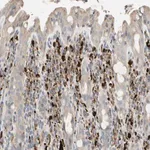
Merck Sigma
Merck Anti-CECR1 antibody produced in rabbit
370,530원
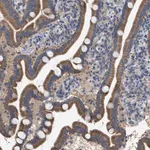
Merck Sigma
Merck Anti-VPS13A antibody produced in rabbit
370,530원
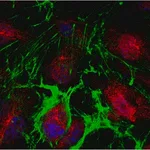
Merck Sigma
Merck Anti-PPAR-gamma Antibody
206,000원
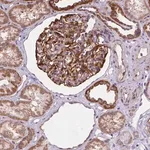
Merck Sigma
Merck Anti-CYYR1 antibody produced in rabbit
370,530원
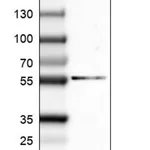
Merck Sigma
Merck Monoclonal Anti-GSPT1 antibody produced in mouse
887,370원
배송/결제/교환/반품 안내
배송 정보
| 기본 배송비 |
| 교환/반품 배송비 |
|
|---|---|---|---|
| 착불 배송비 |
| ||
| 교환/반품 배송비 |
| ||
결제 및 환불 안내
| 결제수단 |
|
|---|---|
| 취소 |
|
| 반품 |
|
| 환급 |
|
교환 및 반품 접수
| 교환 및 반품 접수 기한 |
|
|---|---|
| 교환 및 반품 접수가 가능한 경우 |
|
| 교환 및 반품 접수가 불가능한 경우 |
|
교환 및 반품 신청
| 교환 절차 |
|
|---|---|
| 반품 절차 |
|
